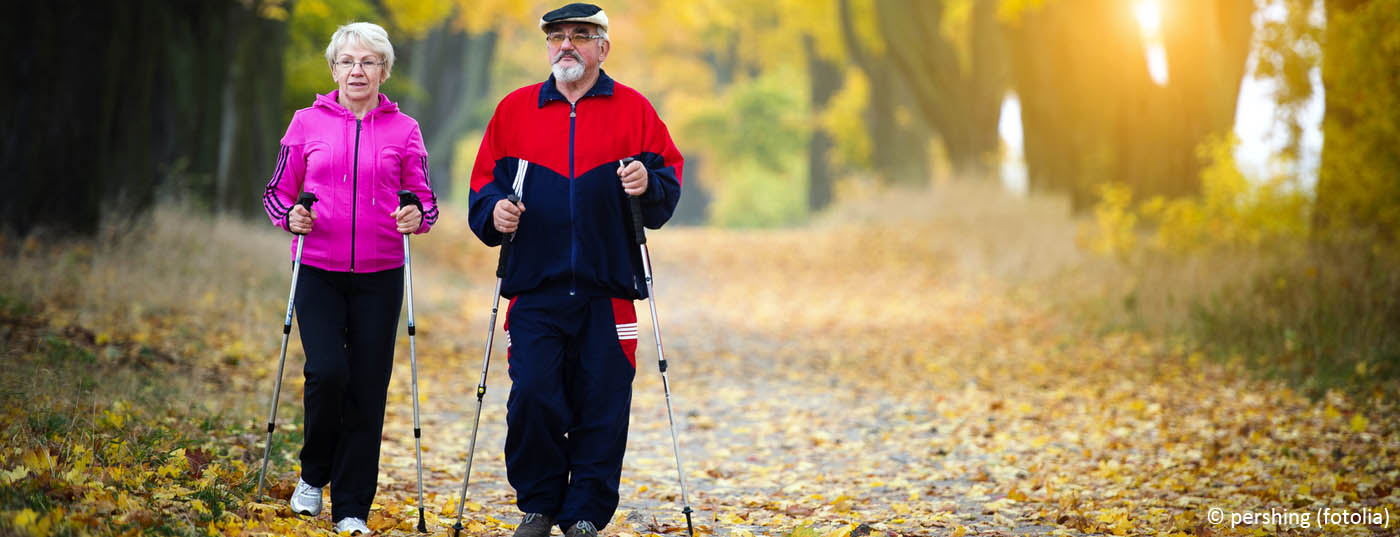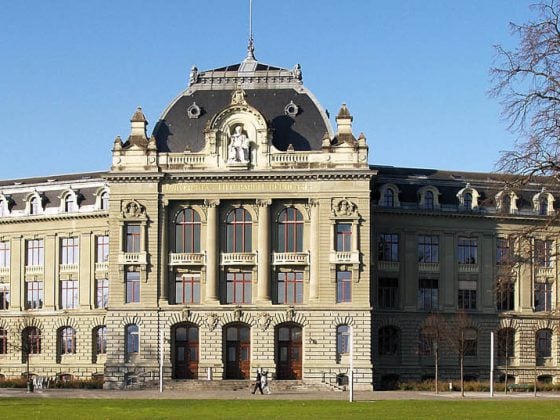Pediatrics for the adolescents, gynecology for the women, geriatrics for the elderly, and sports medicine for the young and older active ladies and gentlemen. That’s about how you might think of the demand in primary care practice, where this diversity of people is coming through the wringer. But what specifically should be considered in sports medicine care for the elderly?
With a life expectancy of 84.8 years for women and 80.5 years for men, an encounter with elderly patients is commonplace in medical practice, and many of these individuals maintain a close relationship with sports despite age. As in other age groups, it is therefore important to discuss characteristics of these patients in some detail.
Definition of age
A first basic question might be: At what age do persons belong to the category of “elderly” in the first place? Everyone has their own answer in this regard, “x + 1” is the most common: people who exceed their own age by one year are old! An analysis of performances in tennis (142,000 matches were studied) proves that the peak performances in women were reached at 21.5 years and in men at 23.66 years. After that, things went downhill on a regular basis. While these numbers vary slightly by sport (archers or golfers reach their zenith somewhat later), there is little expectation of improvement in one’s performance after the age of 30. So are we really “old” even at such a young age?
As in children, there are shifts between calendrical and biological age in adults that cannot be elicited with a simple wrist x-ray. Judging by the external aspect in the age of cosmetic surgery, hair coloring and other camouflages is equally unsuitable as a method of age determination. Checking telomere length (non-coding DNA portions on chromosomes that shorten due to repeated cell division) is a bit more involved, but already quite accurate. However, the most reliable method today is the determination of the supply of methyl groups on the DNA (epigenetics). This is apparently a very precise method, non-invasive (saliva), unfortunately still somewhat expensive.
Why are we getting older?
The causes of this aging process are very complex and for the most part still speculative, but today the opinion is that most aging changes can be explained at the level of genetic information (damage to the genetic system or aging as a genetically programmed process). Be that as it may, every human being is subject to a series of biological processes that add up to a reduction in bodily functions. That these intrinsic factors are also reinforced by extrinsic ones – lifestyle being the most important (diet, lack of exercise) – is not surprising. This is where sport, or rather physical activity, comes in.
Effect of physical activity
Table 1 provides an impressive illustration of how effective physical activity can be. It is almost unbelievable to note how effective the therapeutic effect of the activity is compared to medication. This is quite apart from the side effects of drugs: In the case of pharmaceuticals, numerous possible secondary problems are known that can lead to discontinuation of therapy; in the case of sports, the positive effects predominate.

Thus, it is the absolute priority of the physician to maintain and, if necessary, improve the sports fitness of his elderly patients. One problem can be the physiological reduction of the main motor demands (condition factors) with increasing age: what is often called “performance kink”. Thus, it is found that endurance (aerobic capacity) decreases by 10-15% every ten years from the age of 30 (based on measurements of maximum oxygen uptake V02 max). In the strength area, the rule of thumb is a 1% loss per year for people who do not strength train. Parallel to this, bone density also decreases to the same extent. In the area of speed, there is no solid scientific data on time development. Mobility, on the other hand, does: this condition factor also decreases regularly from the age of 30 onwards. Finally, the coordinative ability also follows this trend: from the age of 40, a regular reduction can be observed.
With these rather negative findings, however, it must be taken into account that the declines in trained persons take place from a significantly higher level and only progress at a significantly slower rate. And also positive is the extremely important fact that the trainability of these condition factors is possible without exception until older age, even if it is somewhat lower than in younger years.
Especially the strength is missing
The explanations for these unfavorable declines in psychophysical performance over the course of life are to be found, on the one hand, in a slowed and reduced adaptive capacity and, on the other hand, in a generally reduced organic performance. For the latter aspect, changes in the neuromuscular system as well as in the holding apparatus and in the cardiopulmonary-metabolic area are mainly responsible.
The importance of endurance, with its broad preventive and health benefits, is always stressed – a claim that is not wrong in aging either. But somewhat provocatively, one can also claim today, based on new findings, that older people usually lack not endurance, but strength. Recent research shows that muscle strength is a long-neglected prognostic factor for health, and that all of the positive effects attributed to endurance training can be achieved at least as well or even better with strength training. It lowers blood pressure and protects the heart and vessels, as well as the joints. Especially older people who can no longer live independently often lack strength. The force decides whether someone can continue to live in their own home or has to move into a nursing home. The fact that even 90- and 100-year-olds can train their strength very effectively has been shown several times. This does not even require strength equipment. Even just getting up from a chair repeatedly or doing push-ups on the wall are effective exercises for older people.
In an age where anti-aging programs are and products spring up like mushrooms in autumn, it must be firmly emphasized that the only scientifically proven method that can efficiently inhibit aging is regular physical activity performed correctly – even if research is also very active in other fields, as in the promising animal experimental results with factors derived from blood cells (AMP element binding protein CREB or Growth Differentiation Factor 11 [GDF 11]).
Literature:
- Jaques R, Loosemore M: Sports and exercise medicine in undergraduate training. Lancet 2012; 380(9836): 4-5.
HAUSARZT PRAXIS 2014; 9(12): 7-8











